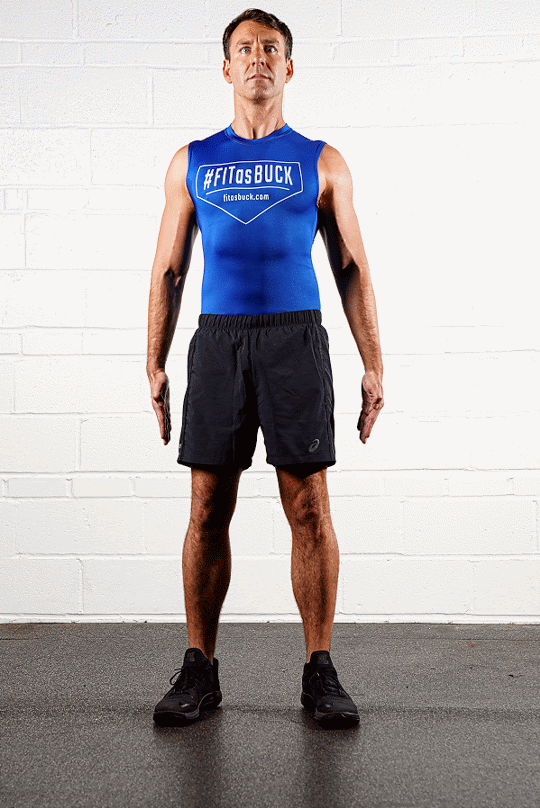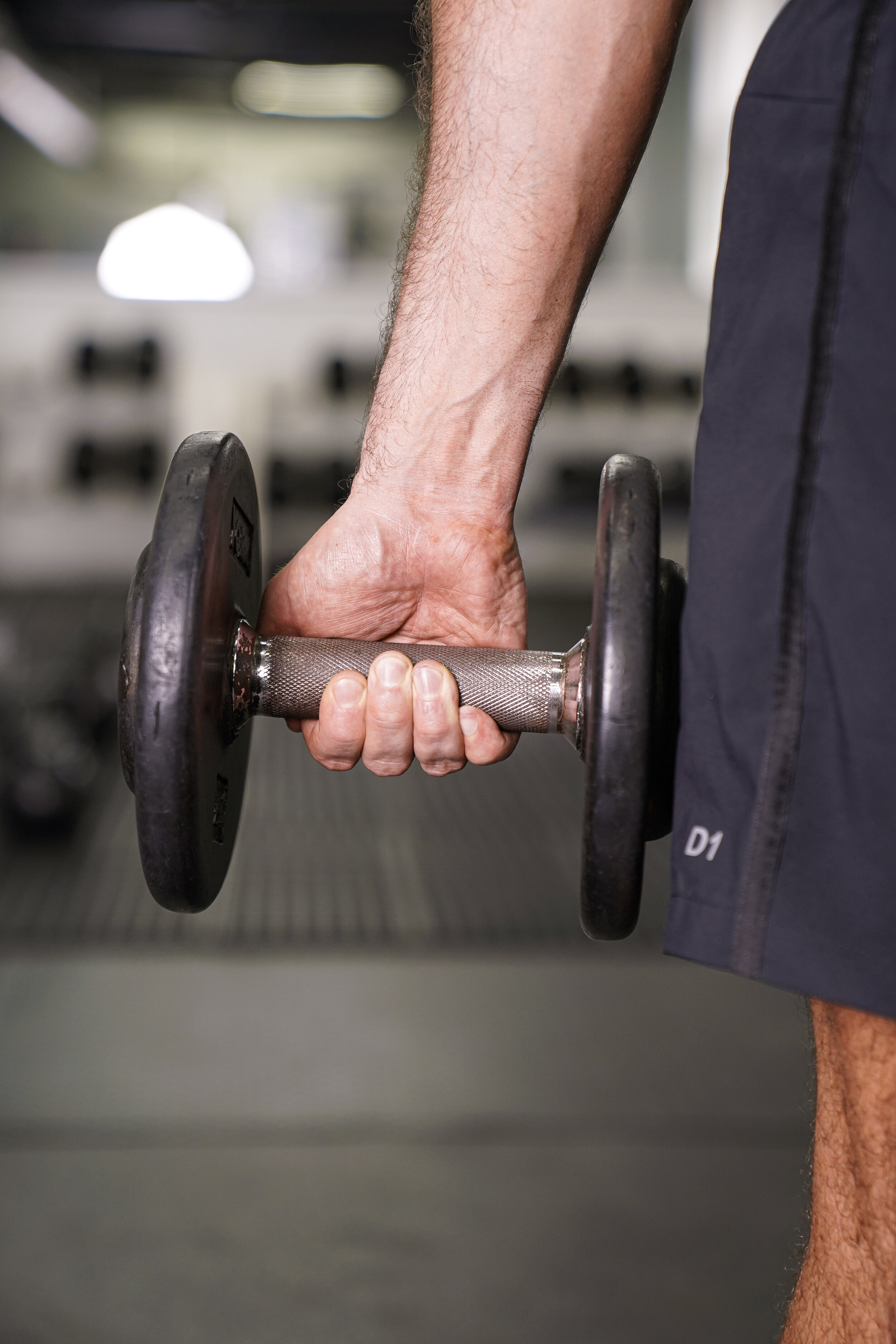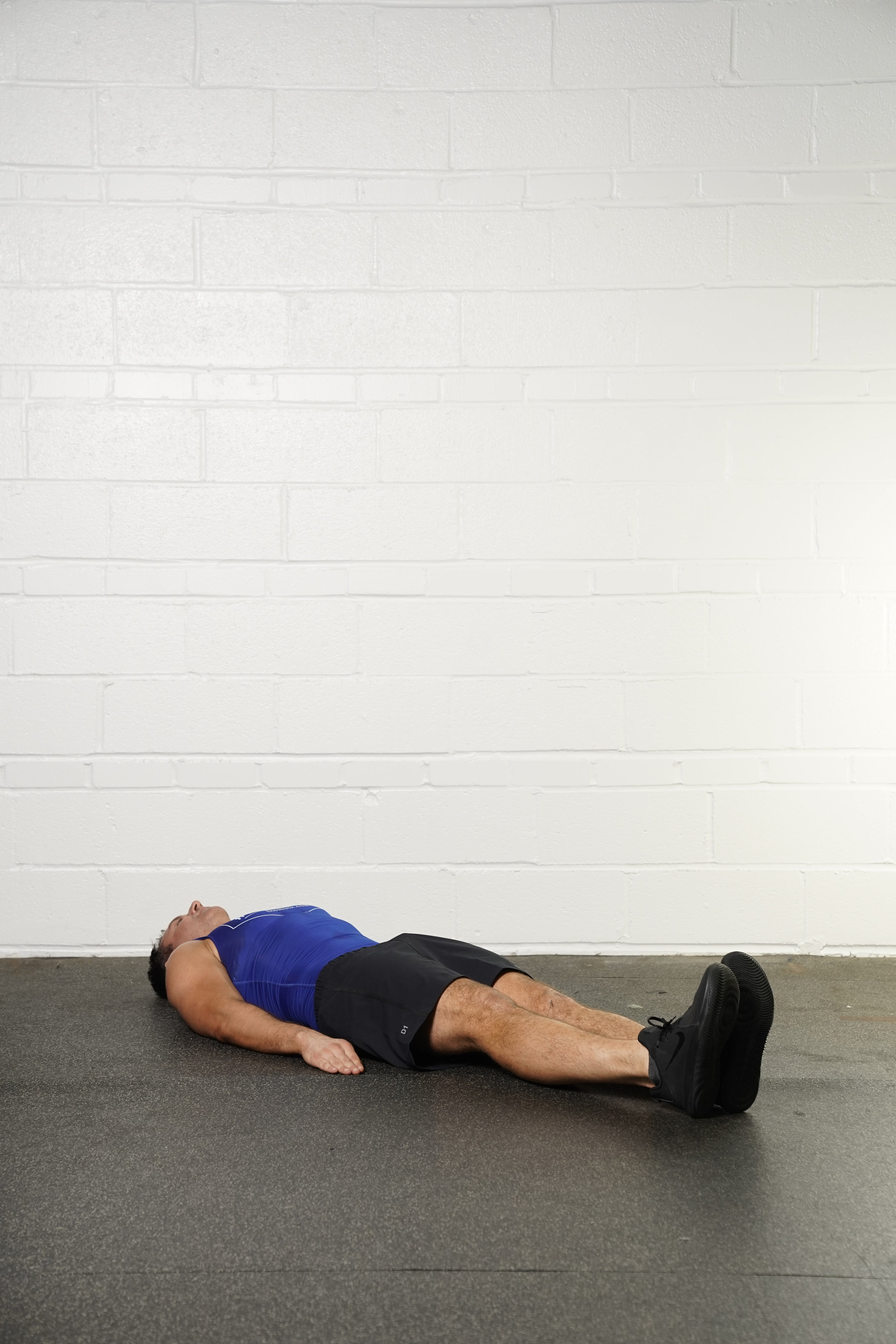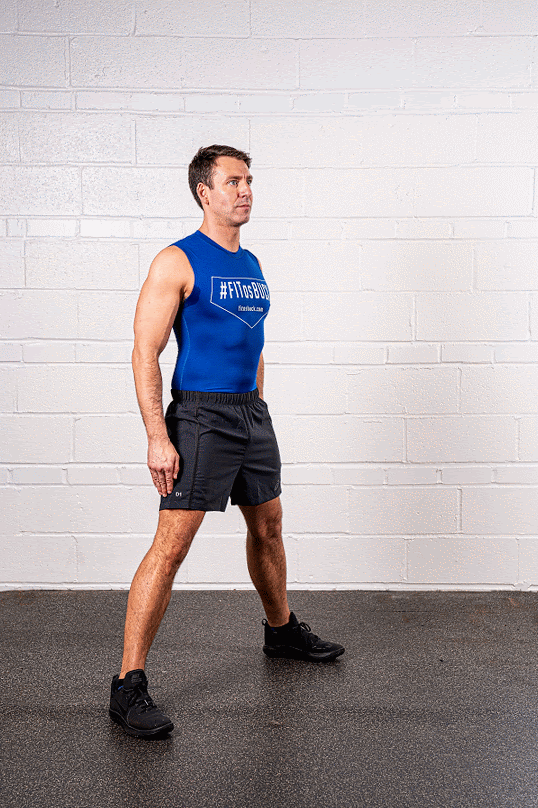ESSENTIALS
KEEP YOUR CORE ENGAGED FOR THE ENTIRE WORKOUT
How to engage your core
Be sure to keep your chest up, shoulders back and down in the socket, elongate your torso, hips back, and squeeze your glutes.
Avoid rounding shoulders or curving your spine.
DO!
Remember to breathe.
Take your time. Better to go slowly with proper form than to speed through a set with sloppy form even if that means you are not able to do as many reps.
Wear appropriate clothing and footwear.
Drink lots of water.
Check in with me when you finish your workouts.
Acknowledge your progress from week-to-week. It will keep you going!
Warm up dynamically before you work out. Stretch after.
Check in on your body positioning: where are my shoulders, feet knees, etc.
DO NOT
Round your shoulders or curve your spine unless specifically directed to do so.
Allow your knees to move forward over your toes.
Cheat on form to get extra reps out.-Work out if you have a fever, are under the influence of drugs or alcohol or if a doctor has told you not to exercise.
Beat yourself up if you miss a workout. (But DO reschedule your missed workout at the earliest date/ time you can get it in.)
Rush. You will burn more calories using your body correctly in a controlled fashion than you would be simply moving quickly.
GRIPS
Underhand
Palms facing away from the body.
Overhand
Palms facing into the body.
Neutral
Palms facing side of the body.
FEET
Point
Heel is engaged, foot is arched. Toes stretched out away from the body. You need to engage your calves to make this happen.
Flex
Heel is flat, toes pointed toward your body. You need to engage your calves and quadriceps (the front of your thigh) to make this happen.
FEET POSITION
Neutral
Knees and toes facing forward. Feet about shoulder width apart.
Wide Stance
Feet placed outside shoulders. Knees and toes facing forward.
Sumo
Hips externally rotated. Feet turned out.
Staggered Stance or Lunge
One leg in front of the other. Foot in front touches the ground. Foot in back: only the ball of the foot touches the ground, heel is off the ground. (Upper body should be upright with core engaged not leaning forward.) As you are on the balls of your feet, it is important to consider what is happening with your ankle; don’t let it shift to one side or the other.
BODY POSITION
Standing
Stand up straight with core engaged. Sternum should be angled up slightly which will prevent your shoulders from shrugging up toward your ears.
Lying on Back
(lying on the floor, lying on the bench, against the wall)
Shoulder blades and the small of the back should lie flat against the surface. In order to do this, you need to squeeze the glutes and try to tuck them under the rest of your body.
Lying Facedown on Floor
Similar to lying on the floor, every part of the front of your body should be touching the floor.
Push Up / Plank Position
Palms should be outside shoulder width and placed at an angle where your chest is wide and elbows are not flaring out to the side. When performing a push up, your torso should remain in this position throughout the exercise. (A push up is essentially a moving plank.)
Torso should be at its full length with flat back (so squeeze the abs) and with your hips in line with shoulder and not with your butt up in the air or sagging toward the floor (squeeze your glutes and engage your thighs).
You are on the balls of your feet with the heels off the ground. Shift the weight toward your heels to help stabilize your body.
From All Fours
Knees and feet hip-width apart. Palms under shoulders. Core is tight. Back is neutral without sagging or excessively arching.
Lying on Side
Legs in a straight line with the rest of your body. Feet stacked one on top of another.
EXERCISES ESSENTIALS
Squat
1) Stand up straight with core engaged. Chest should be at its full width without rounding shoulders. As you start to move, you want the upper part of your torso to remain this way throughout the squat.
2) Move your hips back. In order to allow your hips to move, start bending your knees. As your butt starts moving closer to the ground you have to continuously move the hips back behind you without letting your upper body fall forward.
3) When you have reached a point where you can’t go any lower to the ground without compromising your upper body positioning, pause slightly.
4) As you make your way back up to a standing position, push through with your heels.
5) Once you have returned to a standing position, give your glutes an extra squeeze and pause slightly before moving on to the next rep.
Rows / pulling movement
For most pulling exercises, a key trick is to use your shoulders primarily as a stabilizer as opposed to the primary mover. In order to accomplish this, focus on keeping your shoulder blades back and down as you pull.
Don’t let your shoulders shrug up toward ears.
When rowing squeeze your shoulder blades together.
Presses
Pushing Movement
For pushing exercises, you want to keep your chest at maximum width and shoulder blades back and down in the socket as you push.
In order to prevent shoulders shrugging up toward ears, place your hands closer to rib cage than to your head.
BALANCE AND STABILIZATION
Stabilization
Whenever you are asked to move with only one part of the body, the other part of the body should still be working to stabilize your bodyweight. The body will always want to shift your bodyweight to the stable side, you have to tell your body to shift your weight so that it is distributed equally.
Tips on One-Legged exercises
Balance training is core training so engaging the core completely and fully elongating your torso will help you balance. Shift your weight back toward the heel on the floor.
Pick a focal point that puts your head in a neutral position.
Place the foot off the ground as high off the ground and as far in front of you as you can: it will actually make it easier to balance.
Jumping, Changing Planes
Whenever you move any part of your body from one place to another or move from one plane to another, land gently. It will not only prevent injury but your body has to work harder to maintain proper body positioning while you are moving.
